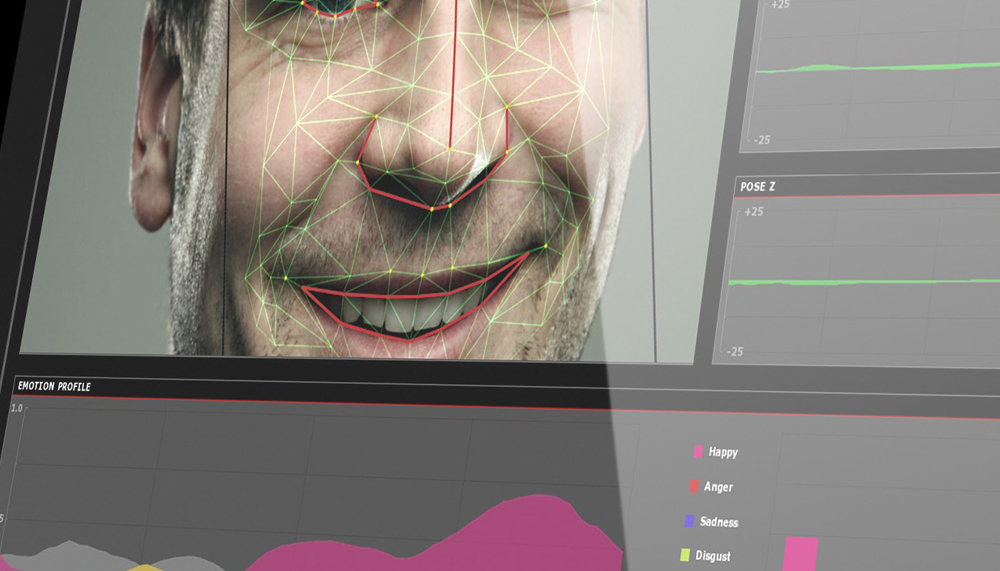A pain in the app

Developers are working on a way to assess the levels of distress for non-communicative patients using smartphones.
A new smartphone app developed by researchers at Curtin University could be the answer to detecting pain in dementia sufferers unable to communicate.
The ePAT – Electronic Pain Assessment Tool – was designed to detect, evaluate and record the severity of pain in non-communicative patients with dementia using facial recognition technology.
Alzheimer’s Australia Dementia Research Foundation is backing the development of the app, which researchers will start testing in about six weeks.
“The idea is to first test [the app] on people that are cognitively intact so they can actually tell us what their level of pain is,” project leader professor Jeff Hughes said. “Then we can validate that the scale we have put within the EPAT is consistent with their self-assessment.”
Hughes, who is joined by colleagues Dr Kreshnik Hoti, Mustafa Atee, professor Moyez Jiwa and computer partner Swiss-based nViso, said the seriousness of pain often goes recognised.
Undiagnosed pain can manifest as other symptoms, in particular increased confusion and behavioural change such as agitation and aggression.
Rather than receiving adequate pain control, Hughes said, it is common for such patients to be placed on sedatives or antipsychotics to treat behavioural problems.
“With no current electronic tool available to assess pain in people with dementia, ePAT is an innovation that can be of great benefit – not only in terms of pain treatment but also improvement in cognitive function and care dependence.”
The app is linked to the camera on smartphones and developers hope it will decrease the subjectivity involved in pain recognition for non-communicative patients.
Through automated evaluation technology, the app will calculate a pain-severity score based in part on a patient’s facial expression captured by the smartphone.
The ePAT will then combine widely accepted pain indicators, including vocalisation, behavioural change, psychological change, physiological change and physical change, to generate a total pain score.
“Globally there are an estimated 36 million people living with dementia and this figure is predicted to rise to 115 million by 2050. In Australia, there will be one new person diagnosed with dementia every six minutes,” Hughes said. “The great hope is that dementia sufferers will no longer have to suffer in silence and that treatment stemming from ePAT evaluation can help give them a better quality of life.”
Carers and family, as well as the broader health spectrum, including training carers, primary care, healthcare professionals, GPs and nurses are also expected to benefit.
“Once the carer or health professional knows whether the person is in pain or not, pain management is simple,” Hughes explained. “If we can prove facial recognition is extremely sensitive and specific in detecting pain, then in realistic terms it should become the standard of care for the management of pain.”
Hughes is hopeful that dementia patients will be the first of many groups to benefit from the new app.
“We know that parents are always anxious about whether they should give pain killers to their babies,” he said. “So that is another area we will look at expanding into.”
Email: [email protected]





